Spin-Hall effects in novel graphene-on-a-substrate heterostructures
When graphene is deposited on suitable substrates its band structure develops spin split bands due to strong proximity spin–orbital effects with broken mirror reflection symmetry in the plane z -> -z . The proximity effect endows the Fermi surface with rich spin textures, while preserving the Dirac nature of the spectrum, opening novel routes to realize spin-orbitronics with Dirac fermions.
In this talk I present a detailed study of the generalized two-dimensional Dirac-Rashba model, which, in particular, is representative of graphene on transition-metal dichalcogenides heterostructures. The latter stand as promising realizations of the above-mentioned modified Dirac systems with large spin--orbit coupling, as recently predicted theoretically [1] and confirmed experimentally [2]. I point out two main features starting from the simpler but instructive Rashba-only model: 1) the spin-Hall conductivity of the disorder system with scalar impurities is shown to be exactly zero by means of covariant conservation laws for the spin density. Those also provide a systematic way to investigate the emergence of the spin-Hall effect in Dirac-Rashba models; 2) I show the establishment of a large in-plane spin magnetization (Rashba-Edelstein effect) where the peculiar Rashba-pseudogap regime characteristic of the model is associated with an extremely efficient (close to unit) charge-to-spin conversion. This effect is robust against both the strength of the disorder and the presence of other substrate-induced terms in the Hamiltonian. Those findings are relevant to recent experimental efforts to manipulate spin-orbit effects in graphene-based 2D heterostructures; moreover they constitute an important benchmark to test the validity of numerical procedures to study spin transport phenomena.
References
[1]: PRB 93, 155104 2016
[2]: Nat.Comm.6, 8339 2015; PRX 6, 041020 2016


